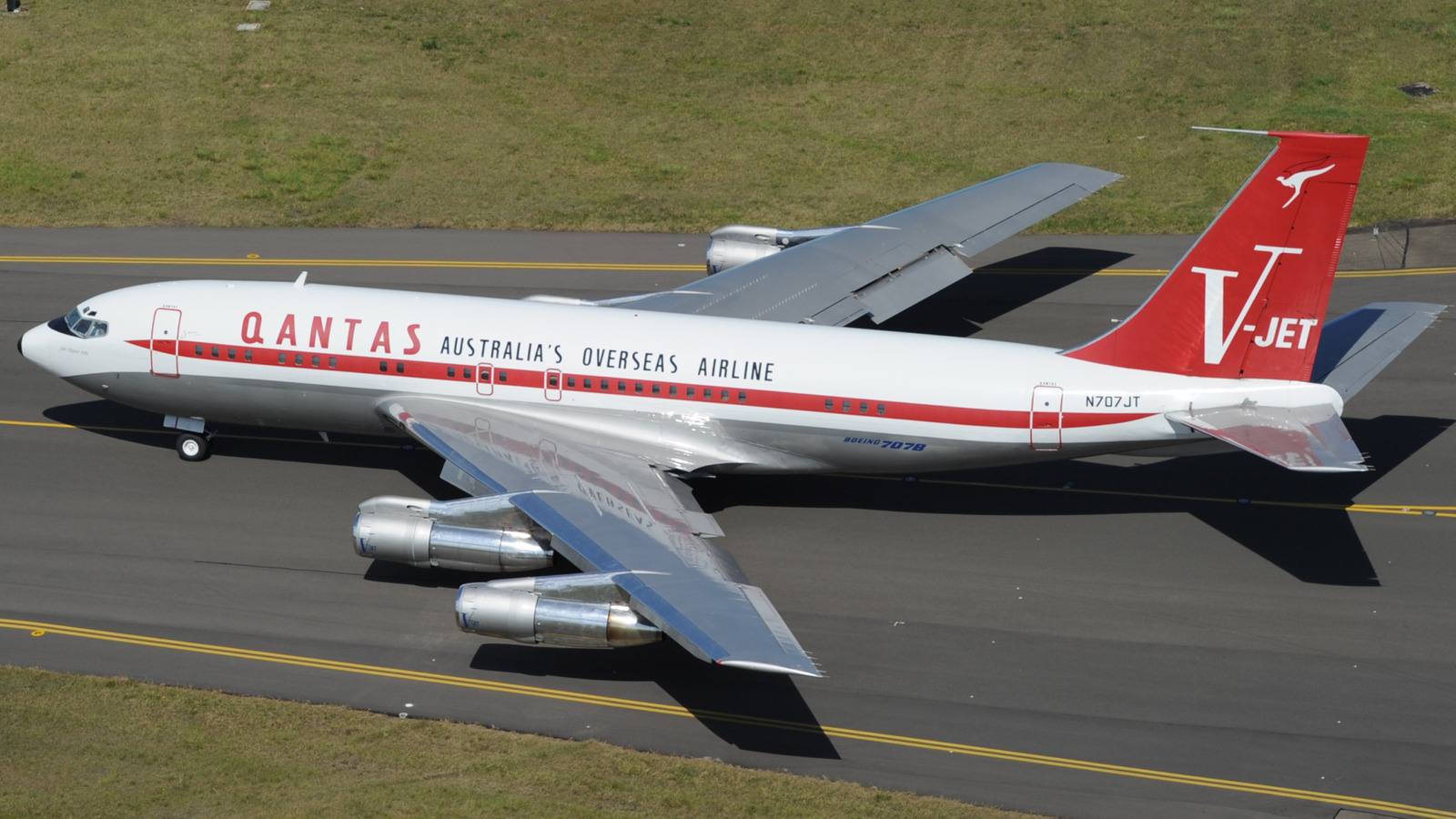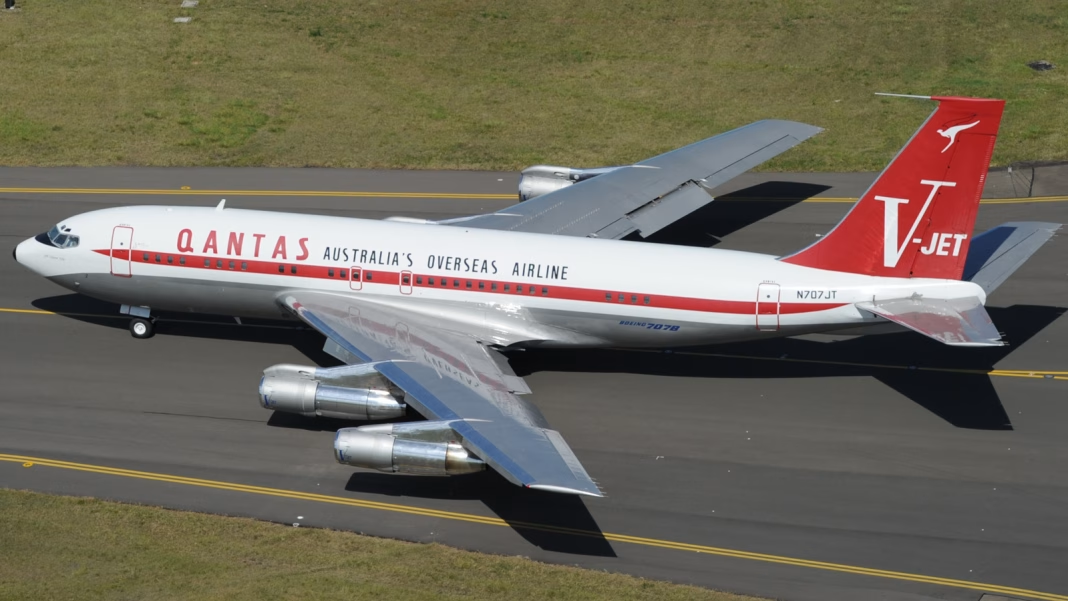Boeing’s iconic 7X7 naming convention has been a staple in the aviation industry for decades, with models like the 727, 737, and 747 becoming synonymous with air travel. But have you ever wondered where these names originated and why they continue to resonate with both airlines and passengers alike? Let’s dive into the fascinating history and significance of Boeing’s 7X7 series.
What’s the Story Behind the 7X7 Names?
The 7X7 naming scheme began in the late 1950s when Boeing introduced the 707, its first jet airliner. The choice of the number “7” was strategic; it was simple, memorable, and easy to pronounce in multiple languages. The “X” in the naming convention represents a placeholder for the model number, which would change as new aircraft were developed. This system not only created a cohesive brand identity but also established a lineage that would be recognized globally.
Boeing’s decision to stick with this naming convention has roots in marketing and engineering. The 7X7 series has become a symbol of reliability and innovation. Each model built upon the successes and lessons learned from its predecessors, creating a legacy that airlines trust. For instance, the 737, introduced in 1968, has become the best-selling commercial jetliner in history, with over 10,000 units delivered. Its ongoing evolution, including the latest MAX series, showcases Boeing’s commitment to improving efficiency and passenger experience.
Why Do These Names Still Matter?
The continued use of the 7X7 naming convention speaks to the power of brand recognition. In a world where consumers are bombarded with choices, familiarity can be a significant advantage. Airlines often choose Boeing models not just for their performance but also for the brand’s established reputation. When passengers see a 737 or 747, they often feel a sense of trust and comfort, knowing they’re flying on a well-known aircraft.
Moreover, the 7X7 names have become part of aviation culture. They evoke nostalgia and a sense of adventure, reminding travelers of the golden age of air travel. The 747, affectionately known as the “Jumbo Jet,” revolutionized long-haul travel and became a cultural icon. Its distinctive hump and spacious cabins made it a favorite among travelers, and even today, it holds a special place in the hearts of aviation enthusiasts.
What’s Next for Boeing’s Naming Convention?
As Boeing continues to innovate, the question arises: will the 7X7 naming convention evolve? While there’s always room for new ideas, the company seems committed to maintaining this legacy. The introduction of new models, like the 777X, indicates that Boeing values the historical significance of the 7X7 series while also adapting to modern needs.
Looking ahead, the aviation industry is facing challenges such as environmental sustainability and technological advancements. Boeing is already exploring ways to make its aircraft more eco-friendly, which could influence future naming conventions. Imagine a model that not only carries the 7X7 legacy but also signifies a leap toward greener aviation.
The big takeaway? Boeing’s 7X7 naming convention isn’t just about numbers; it’s about a rich history and a commitment to excellence. Whether you’re a frequent flyer or an aviation enthusiast, the next time you board a Boeing aircraft, remember that you’re part of a legacy that has shaped air travel for nearly 70 years. So, the next time you see a 737 or a 747, take a moment to appreciate the story behind the name—it’s a journey worth celebrating.


